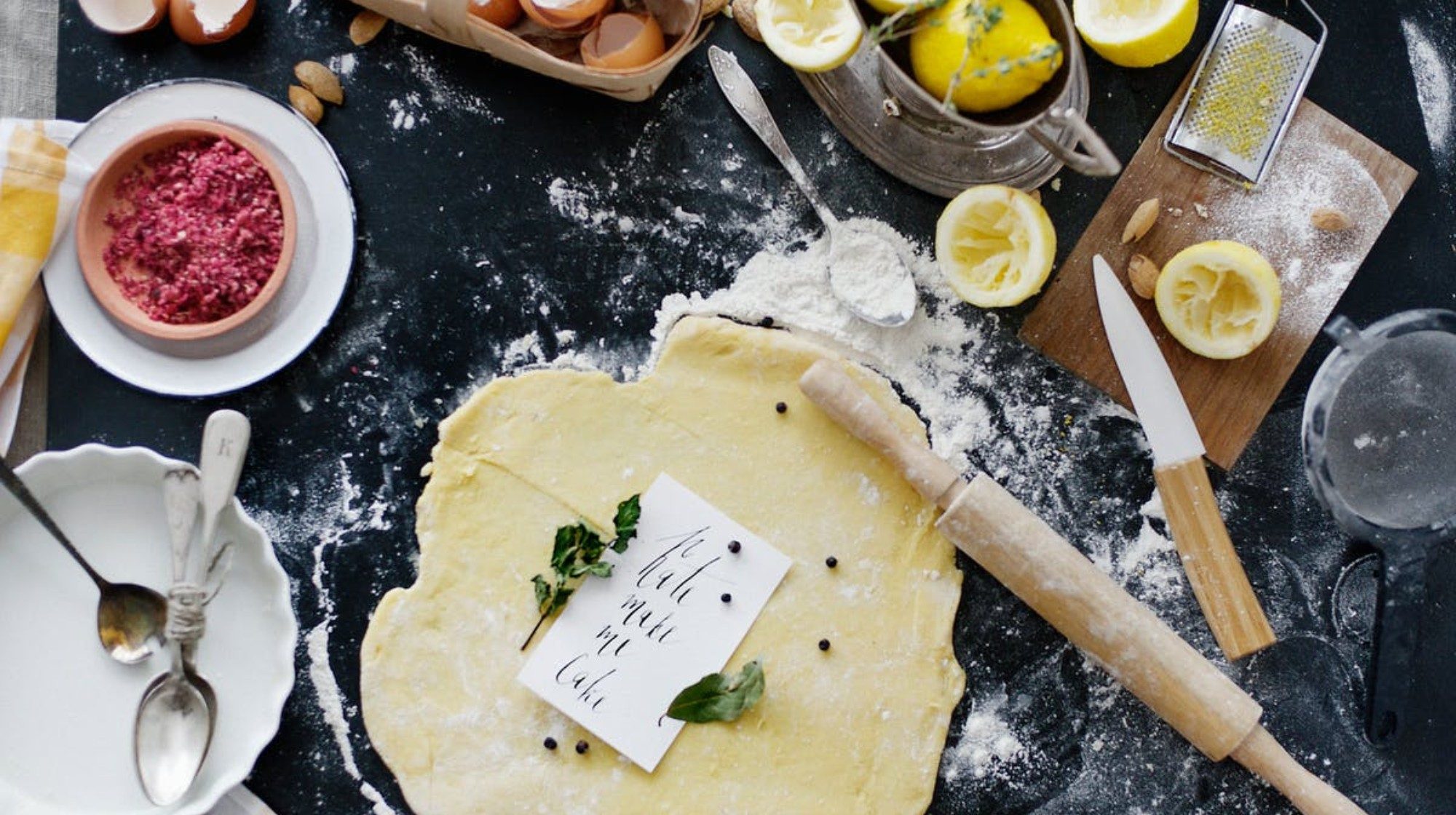
How to Teach Cooking Online, Part I: Finding Your Angle
Online education isn’t just for academic subjects.
The first search I ever made online was for a picture of a mustang—the horse, not the car. It was also my first lesson in SEO and searcher intent: words matter, so choose them carefully.
My second search was for a cookie recipe. I don’t know what inspired me to turn to the Internet for this (it was the late nineties, so the Internet was still slow and cumbersome), but I do remember how excited I felt when my search worked. I found a cookie recipe, printed it off, and never made it.
In retrospect, however, it’s no surprise that I turned to the Internet so quickly for culinary instruction. Food is perhaps the world’s most unifying interest—quick to cross cultural boundaries, and a central feature in most social interactions. It has also been a mainstay of network television since Julia Child introduced America to the art of French cuisine. If ever proof of concept were needed for online culinary education, the popularity of TV chefs and cooking programs would be it.
These days, cooking classes can run the gamut from advanced, haute cuisine techniques to cute, Instagram-worthy cake decorating tutorials. If you’ve ever wanted to share your inner foodie with the rest of the world, there’s never been a better time.
But with so many resources out there, your course could be lost in a crowd of other, similar courses. Every good cooking show has an angle, and your course should have one, too. Wondering what that could look like? Drawing from some of the more popular shows out there, your angle could be any of the following:
1. Regionally-inspired cuisine.
Almost every culture has a unique take on food, from Korea to Morocco to Brazil. If you know this culture well, teaching a cooking course becomes part culinary adventure, part historical exploration. Learners are drawn to these courses because they want to discover new flavor profiles, learn more about their heritage, or prepare for an upcoming trip.
2. Cooking as edible science.
I love this take, and it’s not just me—America’s Test Kitchen has found a huge audience among like-minded cooks who want a methodical approach to bringing their culinary skills to the next level. From discussing the exact cooking methods for salmon to a breakdown of protein percentages in flour, if kitchen science is your thing, there could be a course in it for you.
3. DIY Pinterest-worthy projects.
We’ve probably all seen our fair share of Pinterest-gone-wrong cooking posts. This shows us two things: people love cool-looking cooking projects, and pulling them off is harder than it looks. The problem with these Pinterest posts is that they’re often no more than a picture with maybe a few basic instructions. So, if you’re a DIY wizard who can flawlessly pull off rainbow unicorn cake popsicles, maybe it’s time you shared your special talent with the world.
4. Health-conscious cooking courses.
I’m not a fan of fad diets, but I am a fan of healthy food. So no matter what the latest trend is, I usually find a few recipes to add to my rotation, even if the trend itself is something I don’t follow. Of course, it could be that you’re passionate about paleo cooking or the keto diet—if so, there are others like you! And even those of us who don’t follow it in full (like me) may still sign up for your course to learn a few new recipes.
5. Cooking based on dietary need.
Of course, many people turn to cooking courses when they or someone in their family develops a medical condition that requires a change of diet, most frequently an allergy. It can be difficult for some people to adjust, especially when the ingredients in question are so pervasive, such as dairy or gluten. Cooking courses can introduce them to new recipes, or help them find workable substitutions for some of their family favorites.
6. Artisan food preparation.
Many foods require a more complicated preparation process that’s beyond the skills of the casual home chef. Artisan cheese making, home canning, and even craft brewing all fall into this category. And while many learners will need to invest in specialty equipment to get going, those that do will most likely have enough budget left over to put toward a course—plus the motivation to stick with classes once they sign up.
7. Lessons by lifestyle or demographic.
People of all ages and life circumstances need to learn to know how to cook. A course for kids might focus on basic skills and easy recipes that don’t require many steps. Or you could offer a class aimed at college students who are short on time, have limited kitchen space and equipment, and only need single portion sizes. They’d probably be grateful for some helpful tips on how to expand their all-ramen diet.
If you want to teach cooking online, you have to offer more than a recipe.
The important thing to remember for online cooking courses is that with so many possibilities, your course has to offer something unique to stand out. Of course, you will have something to offer simply by virtue of being yourself and not someone else, but that’s not a value proposition that can easily be communicated in online marketing unless you’re a celebrity.
What’s more, you’ll probably find that the more you refine your course idea, the more excited about it you become. “How to craft artisan bread using wild-cultivated yeast” draws a vivid mental image of warm, crusty bread, straight from the oven. “How to cook” … doesn’t.
However, it’s not just your course subject that will make or break your online cooking course. How you deliver it is another major factor, and often requires just as much creativity as the recipes themselves.
So with that in mind, let’s take a deep dive into one of the most challenging aspects of teaching cooking online: How to incorporate live teaching into your cooking course.

LearnDash Collaborator
@LearnDashLMS






